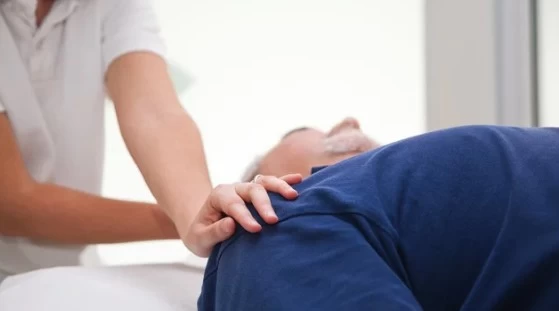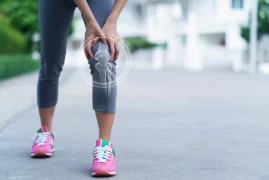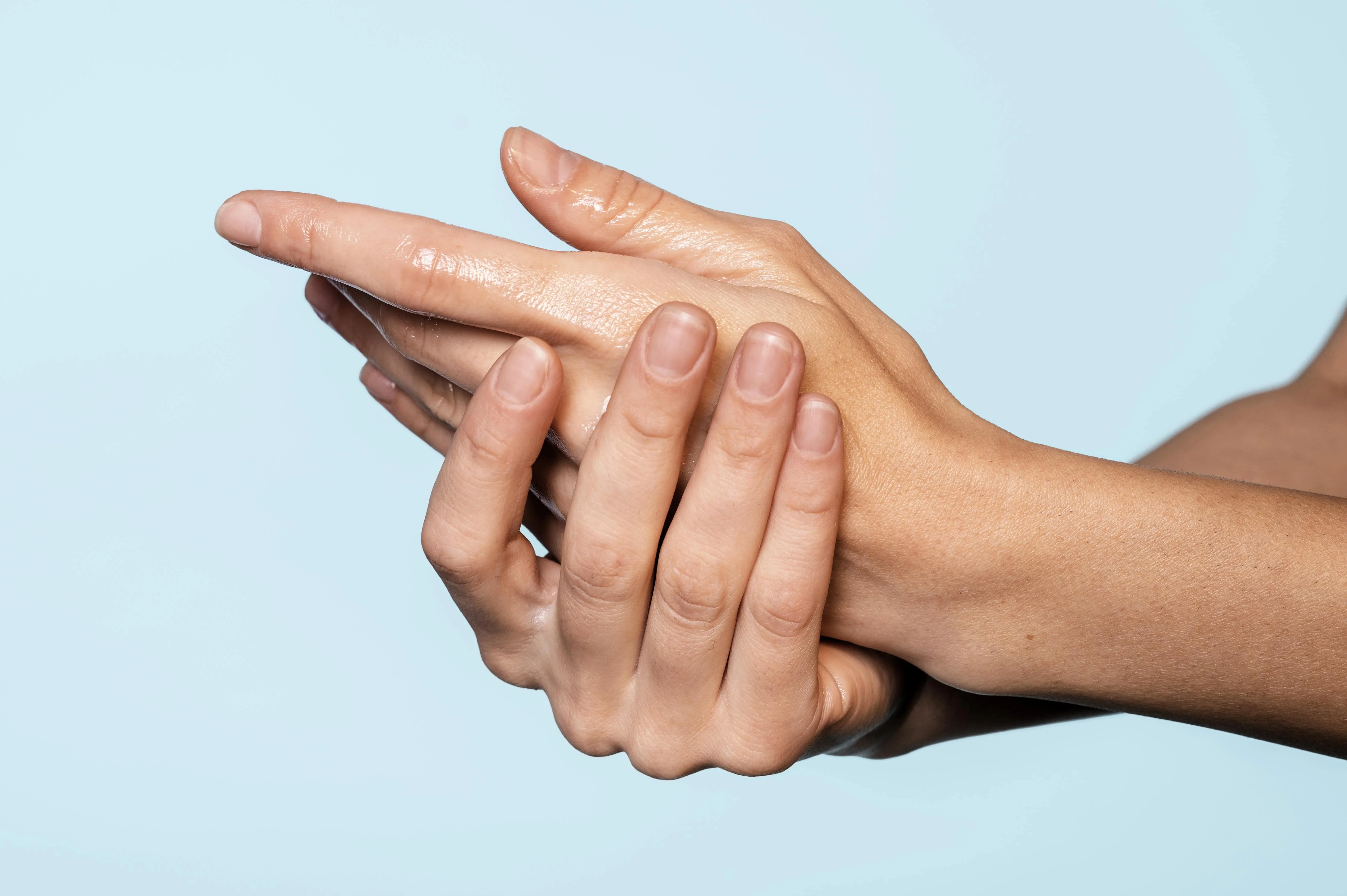
Physical Medicine and Osteopathy: The Power of Natural Healing
- Physical Medicine and Osteopathy: The Power of Natural Healing
- The Fundamental Principles of Osteopathy
- Osteopathy and Traditional Medicine
- Osteopathic Techniques
- Advantages of Osteopathy
- Osteopathy and Rehabilitation
- Conclusion
Osteopathy is a treatment method that focuses on the body’s natural ability to heal itself and embraces a holistic approach. In this article, as a specialist in Physical Medicine and Rehabilitation, I will share my experiences with osteopathy and discuss the importance of this method.
The Fundamental Principles of Osteopathy
Osteopathy was developed in the late 19th century by Dr. Andrew Taylor Still. The fundamental principle of osteopathy is that the body should be considered as a whole, with all systems interconnected. This approach asserts that a problem in the body does not only affect a specific area but can also impact other systems.
Belief in the body’s capacity for self-healing is central to osteopathy. Therefore, during treatment, the aim is to help the body regain its natural balance and function. This is achieved by working on the musculoskeletal system, nervous system, circulatory system, and lymphatic system.
Osteopathy and Traditional Medicine
As a specialist in Physical Medicine and Rehabilitation, it is fascinating to observe how osteopathy integrates with traditional medicine. Osteopathy stands out as an effective method, particularly in treating issues related to the musculoskeletal system. The manual techniques applied to the spine, joints, muscles, and connective tissues contribute to the reduction of pain, improvement in mobility, and enhancement of overall health in patients.
However, the strength of osteopathy lies not only in the treatment of physical issues but also in supporting the overall health of the individual. This holistic approach serves as a complementary method to the treatment options provided by traditional medicine. For instance, in a patient suffering from chronic pain, osteopathy can support medication therapy by addressing the root cause of the pain.

Osteopathic Techniques
Osteopathy is applied through a range of manual techniques. These techniques involve manipulations, stretching, and applying pressure to different areas of the body. The goal is to restore the optimal function of muscles, joints, and connective tissues.
- Soft Tissue Manipulation: This technique involves gentle pressure applied to the muscles to reduce tension and improve blood circulation.
- Joint Manipulation: Controlled and gentle force is applied to the joints to increase mobility and reduce pain.
- Visceral Osteopathy: This method focuses on the mobility and function of internal organs. It aims to relax the connective tissues surrounding the organs, thereby improving their function.
- Cranial Osteopathy: This technique works on the connections between the skull and the spine, aiming to enhance the function of the nervous system and the overall balance of the body.
Advantages of Osteopathy
One of the greatest advantages of osteopathy is that it is a non-surgical treatment method. This is especially beneficial for patients who wish to avoid surgical interventions. Additionally, osteopathic treatment generally has minimal side effects, and patients can quickly return to their daily activities post-treatment.
Another advantage is that osteopathy is effective in treating both acute and chronic conditions. In acute injuries, osteopathy can quickly alleviate pain and accelerate the healing process. In chronic conditions, it offers an effective method to maintain the body’s overall balance and prevent recurring issues in the long term.
Osteopathy and Rehabilitation
As a specialist in Physical Medicine and Rehabilitation, I also want to emphasize the role of osteopathy in the rehabilitation process. Particularly in sports injuries, post-surgical rehabilitation, and chronic pain management, osteopathy is a significant tool in accelerating the recovery process for patients. Osteopathic treatments support the body’s natural healing processes, allowing patients to return to their normal activities more quickly.
Osteopathy can positively impact not only physical health but also the mental and emotional well-being of patients. Considering the body as a whole helps patients feel better and maintain their overall health.
Conclusion
Osteopathy offers a holistic approach that supports the body’s natural healing ability and serves as a complementary treatment method to traditional medicine. As a specialist in Physical Medicine and Rehabilitation, I am pleased to offer the benefits of osteopathy to my patients. This method can be effective in treating both acute and chronic conditions and plays an important role in supporting patients’ overall health. Working on the body’s natural balance and healing processes contributes to helping patients live a healthier and more balanced life.

Spc. Dr. Elif Berber
Physical Medicine and Rehabilitation





